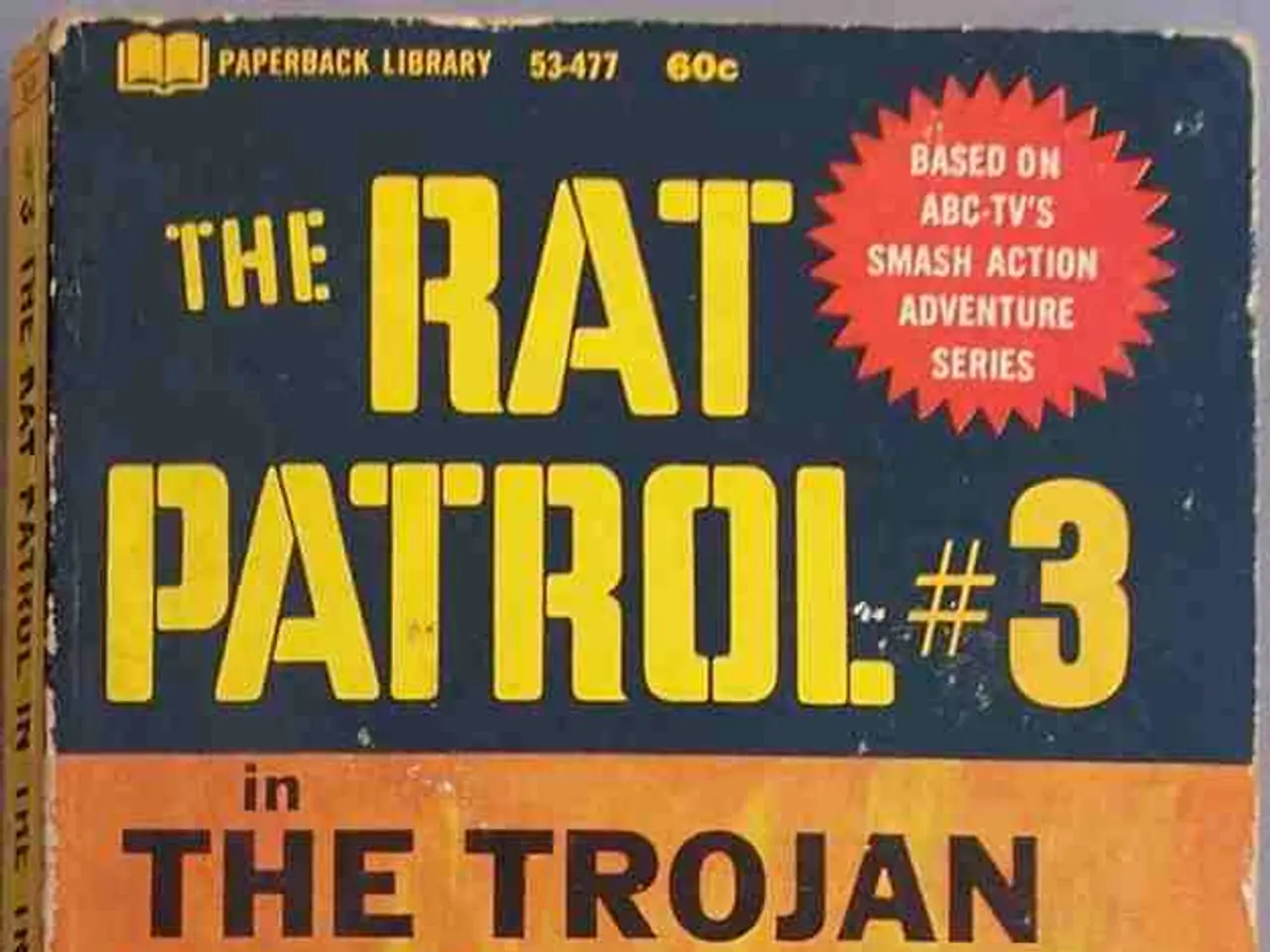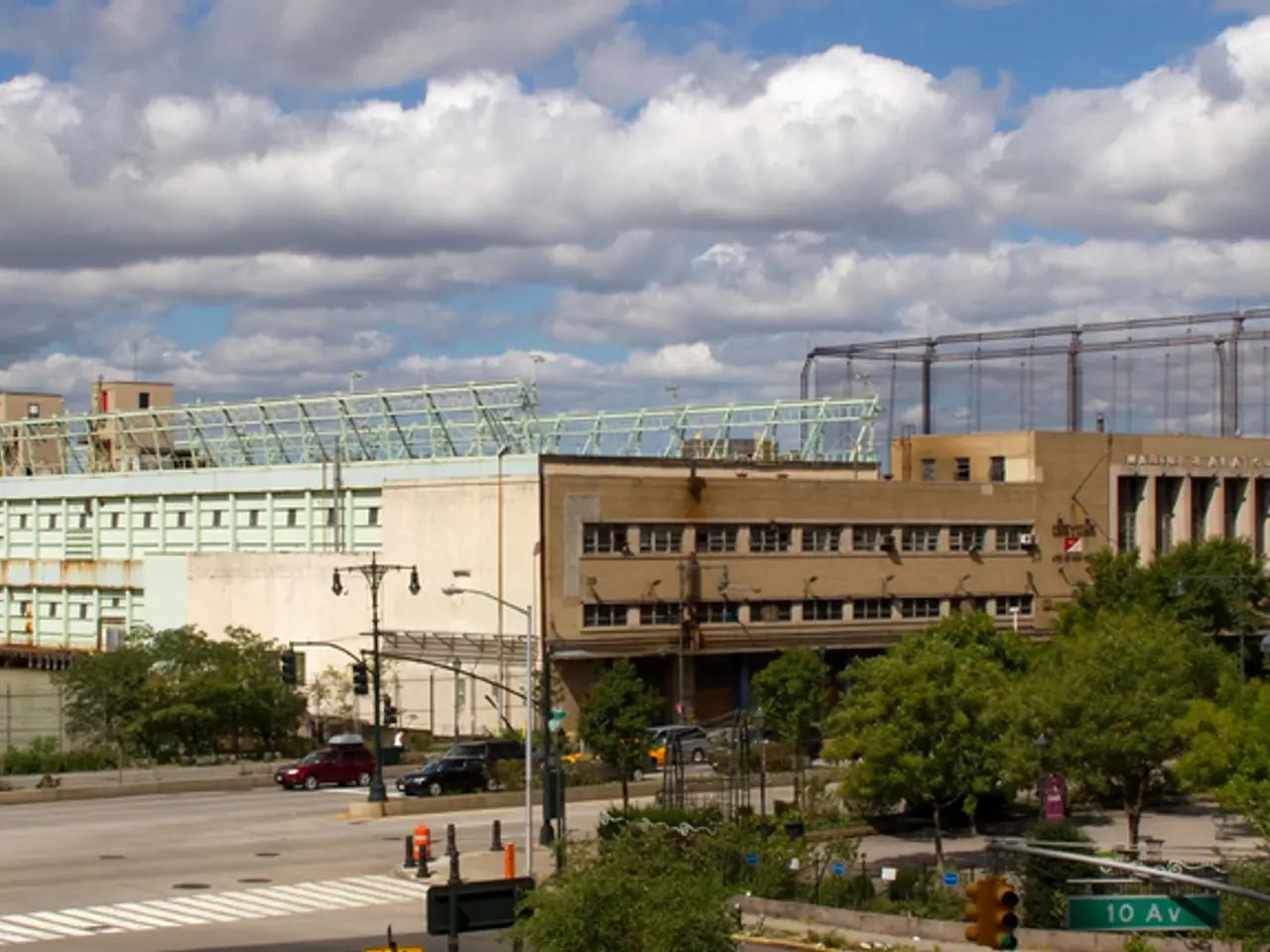Canadian Military's Nuclear Enclosure
Canada's involvement in nuclear deterrence during the Cold War was significant, although it did not independently possess nuclear weapons. From the early 1960s, Canada's annual defence spending represented more than 4% of its GDP, a far cry from the 1.37% of today. This high spending was partly due to the country's participation in nuclear defence arrangements with the United States and NATO.
The Canadian military operated CF-104 Starfighters in Europe, capable of carrying US thermal nuclear weapons. Estimates suggest that Canada had between 250 and 450 atomic bombs at its disposal during the late 1960s. The US Strategic Air Command also used Canadian airspace for nuclear-armed aircraft training, and the country accommodated US military nuclear tests to avoid American oversight. Bilateral agreements with the US included the provision of nuclear-armed anti-air and anti-ship weapons to defend North America.
The La Macaza base in Quebec, equipped with 28 Bomarc missiles, was a key part of Canada's nuclear arsenal. These missiles, with a power of 7 to 10 kilotons, equivalent to half the power of the Hiroshima bomb, were ready to intervene if Russian long-range bombers appeared on radar during the Cold War. However, the Bomarc missiles were dismantled by the end of the 1960s due to their obsolescence.
Canada acquired its first nuclear weapons at the turn of the 1960s with the help of the United States. It was Liberal Lester B. Pearson who ultimately gave the green light for the deployment of nuclear warheads on Bomarc missiles. The Canadian nuclear arsenal also included dozens of Honest John surface-to-surface missiles and anti-submarine missile systems.
As the Cold War progressed, Canada began to distance itself from direct involvement with nuclear weapons. This shift was reflected in the closure of the La Macaza base in 1972, which led to economic hardship in the region. The base was later transformed into the College Manitou, the first higher education institution for Indigenous people, a medium-security prison, and is now used by the Mont-Tremblant international airport.
Canada became a signatory of the Treaty on the Non-Proliferation of Nuclear Weapons (NPT) in an effort towards nuclear disarmament. Sean Maloney suggests that Canada's involvement in nuclear deterrence during the Cold War was based on the aim of preventing wars. Stéphane Roussel, a professor of political science, believes that Canada's decision to renounce nuclear armament enhanced its reputation as a country that favors multilateralism and international law.
Canada's nuclear force was integrated into alliances, such as NATO, rather than being an independent force like France's nuclear force. The ultimate defence of Canadian territory is primarily based on American nuclear deterrence. Despite renouncing nuclear weapons, Canada remains protected by the American nuclear umbrella, to which it contributes through NATO and NORAD.
Canada's role in nuclear deterrence during the Cold War was a complex one. While it played a critical role as a nuclear host and participant in Western nuclear deterrency, it later became an advocate for disarmament. This dual role shaped Canada's international standing and security policy, positioning it as a key middle-power ally in Cold War defence, enhancing its strategic importance within Western alliances, while also contributing to international disarmament discourse.
[1] Stéphane Roussel, "Canada's Nuclear Weapons: A Cold War History," University of Toronto Press, 2015. [2] Sean Maloney, "The Bomb in the Backyard: Canadian Nuclear Weapons and the Making of the Long Cold War," University of Toronto Press, 2014.
In the context of Canada's nuclear deterrence during the Cold War, the country possessed a significant number of atomic bombs, with estimates suggesting between 250 and 450 bombs at its disposal during the late 1960s. Furthermore, the Canadian military integrated technology in their operations, as CF-104 Starfighters were capable of carrying US thermal nuclear weapons.
Canada's nuclear arsenal, which included Bomarc missiles with the power of 7 to 10 kilotons, was part of the country's participation in nuclear defense arrangements with the United States and NATO. This high incorporation of political and technological aspects, particularly nuclear weapons, signified Canada's strategic importance within Western alliances during the Cold War.




